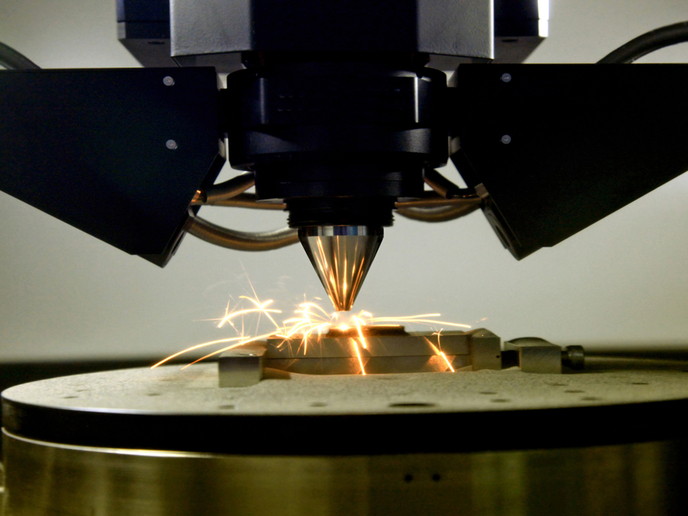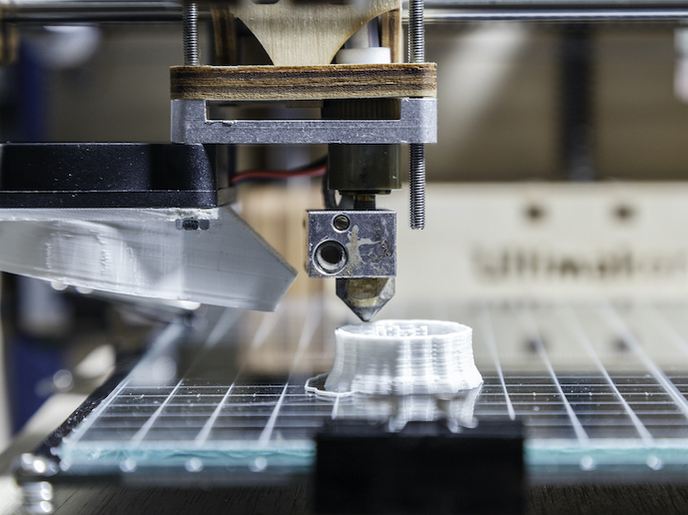3D-printed lightweight concrete for better building insulation
As a 2016 World Economic Forum report(opens in new window) pointed out, the construction sector has not fully embraced the latest technology, at a time when population growth, especially urban, requires revamped infrastructure and new affordable housing. New technologies could not only reduce construction costs but also benefit the environment with more eco-efficient practices. Indeed, buildings account for about 40 % of global energy consumption and are responsible for about one third of global carbon emissions(opens in new window). The Marie Skłodowska-Curie Actions programme(opens in new window) supported Ultra-LightCon-3D project explored the opportunities that 3D printing offers construction, especially regarding printable concrete insulation. Thanks to the continuous work of the printer, 3D printing can decrease labour and formwork costs, reduce waste, while being able to print complex shapes. “It has been said that the current construction industry is trying to solve modern problems with old technologies. The revolutionary possibilities of 3D printing could change architecture, design and building construction, opening up new projects and redefining building standards,” says research fellow Paweł Sikora from the Technical University of Berlin(opens in new window), the project host. Ultra-LightCon-3D developed a 3D-printed thermal insulation ‘envelope’ for building walls, which meets EU regulations. “We can design and model wall systems with optimal insulating and mechanical performance and then simply print them,” explains Sikora.
Experimentation and modelling to get the right mix
The first task was to develop a printable concrete mixture. This was challenging because, once through the system’s pump, 3D-printed concrete needs to set quickly on deposition, producing the stable layers that make up the required structure. Conversely, conventional concrete has to remain viscous enough to flow into the structure’s formwork. Firstly, the mixture properties were evaluated for consistency, buildability, extrudability and shrinkage rates. Afterwards, the hardened concrete was subjected to mechanical and durability tests. The next step was to use tomography 3D imaging of the printed elements to assess their solid and pore characteristics and better model performance. “This is vital as the 3D printing process results in a significantly different pore structure than for conventional concrete,” adds Sikora. The experimental data from this stage was input into various mechanical and thermal simulations to design and optimise the required topology(opens in new window), resulting in properties that can withstand various stresses. Getting this right ensures the concrete is of high enough quality to remain freestanding, and be printed at scale. This is necessary to enable constructions to reach the heights necessary. This methodology resulted in the development of a multiscale tool to optimise and predict the mechanical and insulating performance of wall systems, without first having to undertake time-consuming laboratory work. The tool evaluates the particular characteristics of concrete mixtures, modelling how these would influence the interaction of solid and porous content, wall thickness, pore stability and buildability.
For a more sustainable future
Ultra-LightCon-3D has contributed to the knowledge necessary to produce lightweight printable concrete, as well as developing a new methodology to evaluate performance. The project’s insulating building envelopes contribute directly to the EU’s nearly zero-energy buildings(opens in new window) agenda which is tightening building insulation regulations, reducing the energy consumption required to adequately insulate buildings, while decreasing carbon emissions. The project also developed eco-friendly concretes, specifically proposing a mixture which replaces sand with recycled waste glass. “This solution not only responds to a global shortage of raw materials but reduces waste, important for Member States with limited glass recycling,” he says. Sikora is now part of a consortium which has applied for further EU funding to create 3D-printed concrete from waste materials.







